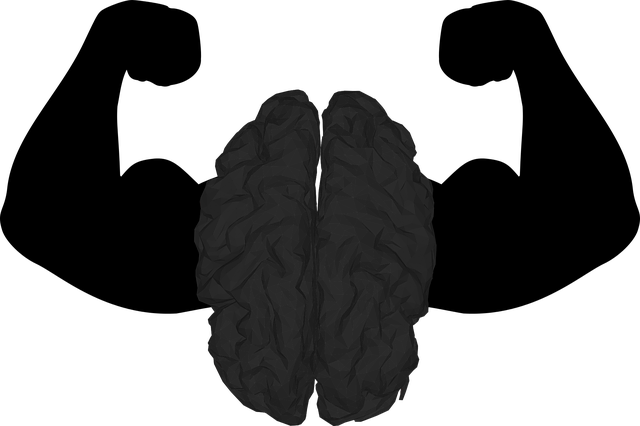PRP Therapy: A Holistic Solution for Fatigue Elimination

Fatigue, a common side effect of modern living, can be alleviated with Platelet-Rich Plasma (PRP) th…….
Introduction
Fatigue is a pervasive challenge that affects individuals across various walks of life, impacting productivity, health, and well-being. Regenerative solutions for fatigue offer a promising approach to address this issue by leveraging innovative techniques and strategies that harness the body’s natural restorative powers. This article delves into the multifaceted world of regenerative solutions, exploring their definitions, historical context, global impact, economic considerations, technological advancements, policy landscape, challenges, real-world applications, and future prospects. Readers will gain a comprehensive understanding of how these solutions can be applied to mitigate fatigue and enhance recovery, ultimately leading to improved quality of life.
Understanding Regenerative Solutions for Fatigue
Regenerative solutions for fatigue encompass a wide array of treatments and therapies designed to repair, replace, or regenerate damaged or aging cells, tissues, or organs. These solutions draw from fields such as medicine, biotechnology, and alternative healing practices. The core components of regenerative solutions include stem cell therapy, gene editing technologies like CRISPR, platelet-rich plasma (PRP) injections, and other innovative treatments.
Historically, the concept of regeneration has been a part of traditional medicine for centuries. However, it was not until recent advancements that these principles were scientifically validated and integrated into mainstream medical practices. The significance of regenerative solutions lies in their potential to heal injuries, reduce fatigue-related symptoms, and improve overall health outcomes without the need for invasive surgeries or long-term pharmacological interventions.
Global Impact and Trends
The impact of regenerative solutions for fatigue is felt worldwide, with different regions adopting these therapies at varying rates due to a mix of cultural, economic, and regulatory factors. North America and Europe are leading the charge in research and development, with Asia following suit, driven by an aging population and growing awareness of wellness.
Key trends shaping the trajectory of regenerative medicine include increased investment in R&D, rising consumer demand for non-surgical treatments, and advancements in personalized medicine. The global market for regenerative solutions is expanding, with projections suggesting continued growth due to their efficacy in treating a variety of conditions, from sports injuries to chronic diseases.
Economic Considerations
The economic aspects of regenerative solutions for fatigue are multifaceted. From a market perspective, these treatments represent a burgeoning industry with significant investment potential. The demand for non-invasive, effective treatments has led to increased funding and venture capital interest in regenerative startups.
In terms of economic systems, regenerative solutions can play a crucial role in reducing healthcare costs by offering alternatives to traditional surgeries and long-term medication use. They also present opportunities for job creation and economic growth in regions that specialize in regenerative medicine research and treatment centers.
Technological Advancements
The field of regenerative solutions has seen remarkable technological advancements. Stem cell therapy, for example, has evolved from experimental treatments to clinically validated interventions for a range of conditions. Gene editing technologies have opened new avenues for treating genetic disorders that contribute to fatigue.
Advancements in biomaterials and tissue engineering have paved the way for the development of scaffolds and constructs that support cell growth and tissue regeneration. The future potential of these technologies includes personalized treatments tailored to individual genetic profiles, offering unprecedented levels of precision and effectiveness.
Policy and Regulation
The policies and regulations governing regenerative solutions are complex and vary by country. In the United States, the Food and Drug Administration (FDA) provides oversight, while in Europe, the European Medicines Agency (EMA) sets guidelines for these treatments. These regulatory bodies ensure that therapies meet safety and efficacy standards before they reach the market.
The legislative framework is evolving to keep pace with scientific advancements, balancing innovation with consumer protection. Policies are also being developed to address ethical considerations, intellectual property rights, and the standardization of treatment protocols.
Challenges and Criticisms
Regenerative solutions for fatigue face several challenges, including public skepticism, regulatory hurdles, and the need for more clinical trials to establish long-term efficacy and safety. Criticisms often revolve around the lack of standardization in treatment protocols and concerns over potential side effects.
To overcome these issues, stakeholders must collaborate on establishing best practices, investing in robust clinical research, and ensuring transparency in treatment outcomes. Education and outreach are also essential to build public trust and understanding of the benefits and limitations of regenerative therapies.
Case Studies
Several case studies illustrate the successful application of regenerative solutions for fatigue. A professional athlete who suffered a career-threatening injury recovered thanks to PRP therapy, returning to peak performance. Another example is an individual with chronic fatigue syndrome who found relief through a combination of stem cell therapy and targeted rehabilitation exercises. These cases demonstrate the potential of regenerative solutions to transform lives.
Future Prospects
The future of regenerative solutions for fatigue is promising, with potential growth areas including the treatment of neurodegenerative diseases, aging-related conditions, and even the enhancement of athletic performance. Research into the integration of artificial intelligence in personalized medicine could revolutionize treatment planning and outcomes.
As the field continues to evolve, collaboration between researchers, clinicians, and policymakers will be key to unlocking the full potential of regenerative solutions and ensuring they are accessible to those who can benefit from them.
In conclusion, regenerative solutions for fatigue represent a significant advancement in medicine, offering hope for millions suffering from various conditions. The continued evolution of these treatments, combined with supportive policies and public education efforts, will ensure that their benefits can be realized worldwide.

Fatigue, a common side effect of modern living, can be alleviated with Platelet-Rich Plasma (PRP) th…….

Fatigue plagues professionals with demanding careers due to physical exertion, sleep issues, stress,…….

Cellular rejuvenation is key to restoring and maintaining energy levels, involving replacing old or…….

Fatigue, a complex state fueled by stress, sleep issues, nutrition gaps, and health conditions, is p…….

Sleep quality is crucial for overall health, but fatigue often goes overlooked. Platelet-Rich Plasma…….

Sleep quality is crucial for overall health, impacted by factors like stress and lifestyle choices……..

Fatigue, a complex issue, arises from physical, mental, or emotional strain, exacerbated by conditio…….

TL;DR:Cellular fatigue, driven by mitochondrial dysfunction, arises from factors like chronic stress…….